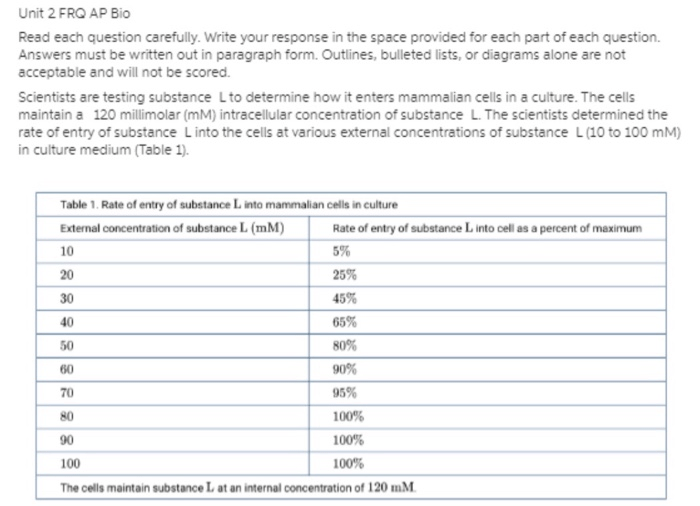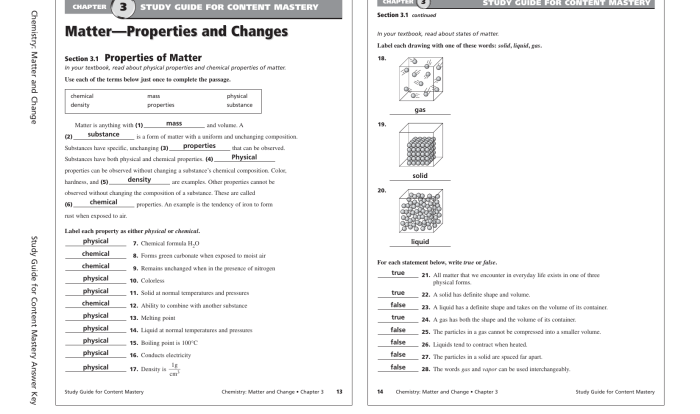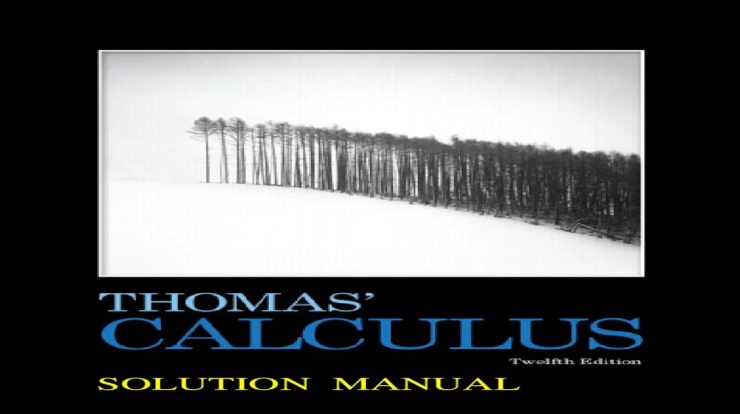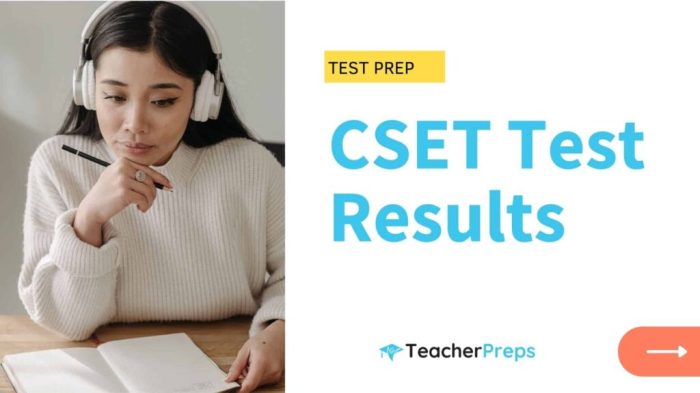What does the celf 5 assess – What does the CELF-5 assess? It’s a question that unlocks a treasure trove of insights into language and literacy development. Join us as we delve into the depths of this comprehensive assessment tool, exploring its purpose, subtests, administration, interpretation, and clinical applications.
The CELF-5, a renowned assessment battery, unveils the intricacies of language and literacy skills. It meticulously evaluates various facets of communication, including receptive and expressive language, reading, and writing, providing a comprehensive profile of an individual’s strengths and weaknesses.
Cognitive Evaluation of Language and Literacy Skills: What Does The Celf 5 Assess
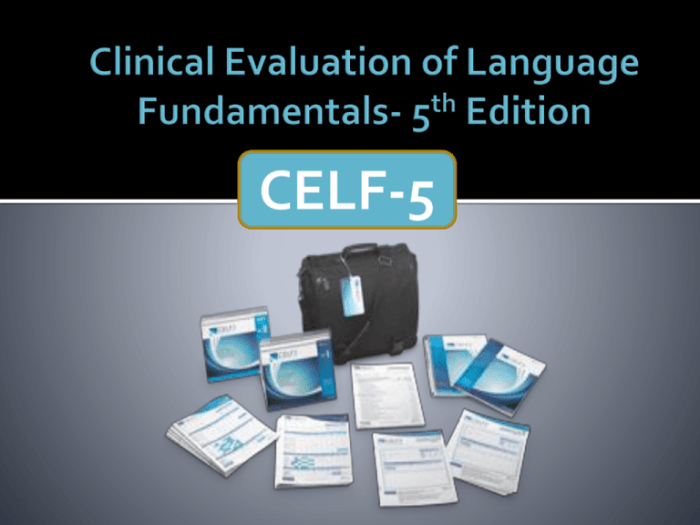
The Clinical Evaluation of Language Fundamentals-Fifth Edition (CELF-5) is a comprehensive assessment tool designed to evaluate language and literacy skills in individuals from ages 6 to 21. It provides a detailed analysis of a person’s strengths and weaknesses in various aspects of language and literacy, including receptive and expressive language, reading, and writing.
The CELF-5 is an assessment tool used to evaluate children’s language skills. It can help identify areas where a child may need additional support, such as in reading, writing, or speech. For more information on the CELF-5, check out the Bill Nye Wind Answer Key . The CELF-5 can also be used to track a child’s progress over time, and to make sure that they are receiving the appropriate services.
Subtests of the CELF-5
The CELF-5 consists of 16 subtests that are grouped into five domains:
- Core Language:Assesses foundational language skills, such as vocabulary, grammar, and sentence comprehension.
- Listening Comprehension:Evaluates the ability to understand spoken language in different contexts.
- Reading:Assesses various aspects of reading, including word recognition, reading fluency, and comprehension.
- Writing:Examines writing skills, such as spelling, grammar, and the ability to compose written text.
- Pragmatics:Assesses the ability to use language effectively in social situations, including nonverbal communication and conversational skills.
Use of the CELF-5 in Identifying Language and Literacy Difficulties
The CELF-5 is widely used by speech-language pathologists and other professionals to identify specific language and literacy difficulties in individuals. The results of the assessment can help in:
- Diagnosing language disorders, such as specific language impairment or autism spectrum disorder.
- Evaluating the effectiveness of language therapy interventions.
- Determining eligibility for special education services.
- Developing individualized education plans for students with language and literacy difficulties.
Administration and Interpretation of the CELF-5

The CELF-5 is administered individually to children and adolescents aged 5 to 21 years old. It is typically conducted in a quiet room with minimal distractions. The examiner follows standardized procedures to ensure consistent administration across participants.
Scoring and Interpretation
The CELF-5 yields both norm-referenced and criterion-referenced scores. Norm-referenced scores compare a child’s performance to that of a representative sample of children of the same age. Criterion-referenced scores indicate a child’s performance relative to specific skill levels or cut-off points.The
CELF-5 provides scores for the following areas:
- Core Language Index
- Receptive Language Index
- Expressive Language Index
- Literacy Index
- Phonological Awareness Index
These scores can be used to identify strengths and weaknesses in a child’s language and literacy skills, as well as to track progress over time.
Strengths and Limitations
The CELF-5 is a widely used and well-respected assessment tool. It is comprehensive, providing a broad assessment of language and literacy skills. It is also normed on a large sample of children, making it a reliable and valid measure.However, like any assessment tool, the CELF-5 has some limitations.
It can be time-consuming to administer, and it may not be sensitive enough to detect subtle language impairments. Additionally, the CELF-5 is not designed to diagnose specific language disorders, and further evaluation may be necessary to determine a diagnosis.Overall, the CELF-5 is a valuable tool for assessing language and literacy skills in children and adolescents.
It provides a comprehensive profile of a child’s strengths and weaknesses, which can be used to inform intervention and educational planning.
Clinical Applications of the CELF-5
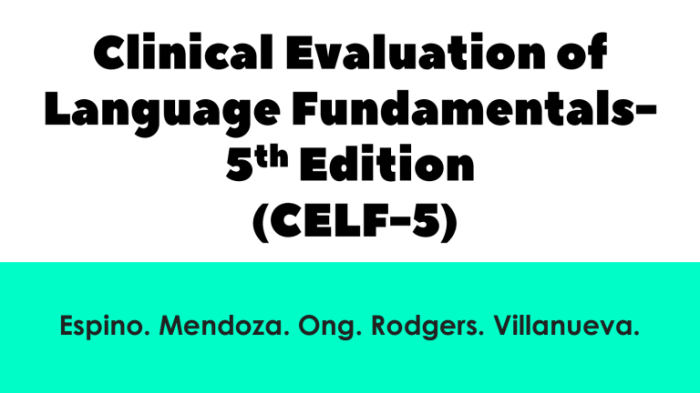
The CELF-5 has proven to be a valuable tool in clinical practice, providing insights into language abilities and supporting decision-making for various clinical populations.
Diagnosing Language Disorders
The CELF-5 is widely used to diagnose language disorders, such as specific language impairment (SLI) and autism spectrum disorder (ASD). The comprehensive assessment provides a detailed profile of language skills, helping clinicians identify specific areas of strengths and weaknesses. This information aids in differential diagnosis, distinguishing between different language disorders with overlapping symptoms.
Developing Intervention Plans
The CELF-5 serves as a baseline assessment for developing individualized intervention plans. By pinpointing specific areas of need, clinicians can tailor therapy to address the child’s unique language profile. The assessment also provides a framework for monitoring progress over time, allowing clinicians to adjust interventions as necessary.
Monitoring Progress, What does the celf 5 assess
The CELF-5 can be administered repeatedly to track language development and evaluate the effectiveness of interventions. By comparing scores over time, clinicians can assess changes in language skills and make informed decisions about the continuation or modification of therapy. The longitudinal data also provides valuable insights into the child’s developmental trajectory and prognosis.
Research Applications of the CELF-5
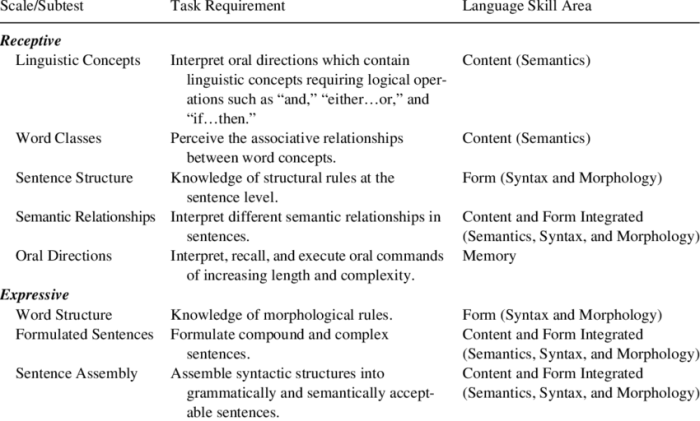
The CELF-5 has been utilized in a wide range of research studies investigating various aspects of language and literacy development. These studies have provided valuable insights into the assessment and understanding of language skills in children and adolescents.
Findings of Research Studies
Research using the CELF-5 has demonstrated its effectiveness in identifying language impairments and differentiating between different types of language disorders. Studies have also explored the relationship between language skills and other cognitive abilities, such as working memory and attention. Additionally, the CELF-5 has been used to investigate the impact of interventions and therapies on language development.
Implications for Understanding Language and Literacy Development
The findings from CELF-5 research studies have significant implications for understanding language and literacy development. The assessment provides valuable information about the strengths and weaknesses of an individual’s language skills, which can inform targeted interventions and support. The research also highlights the importance of early identification and intervention for children with language impairments, as it can significantly impact their overall academic and social development.
Areas for Further Research
While the CELF-5 has provided substantial insights, there are still areas where further research is needed. Future studies could explore the use of the CELF-5 in different populations, such as multilingual children or those with specific learning disabilities. Additionally, research could investigate the long-term outcomes of children who have received interventions based on CELF-5 assessment results.
Essential Questionnaire
What age range is the CELF-5 appropriate for?
The CELF-5 is designed for individuals between the ages of 5 and 21.
How long does it take to administer the CELF-5?
The administration time for the CELF-5 varies depending on the subtests administered, but it typically takes between 60 and 90 minutes.
What are the different subtests included in the CELF-5?
The CELF-5 includes 14 subtests that assess various aspects of language and literacy, including receptive and expressive language, reading, and writing.
